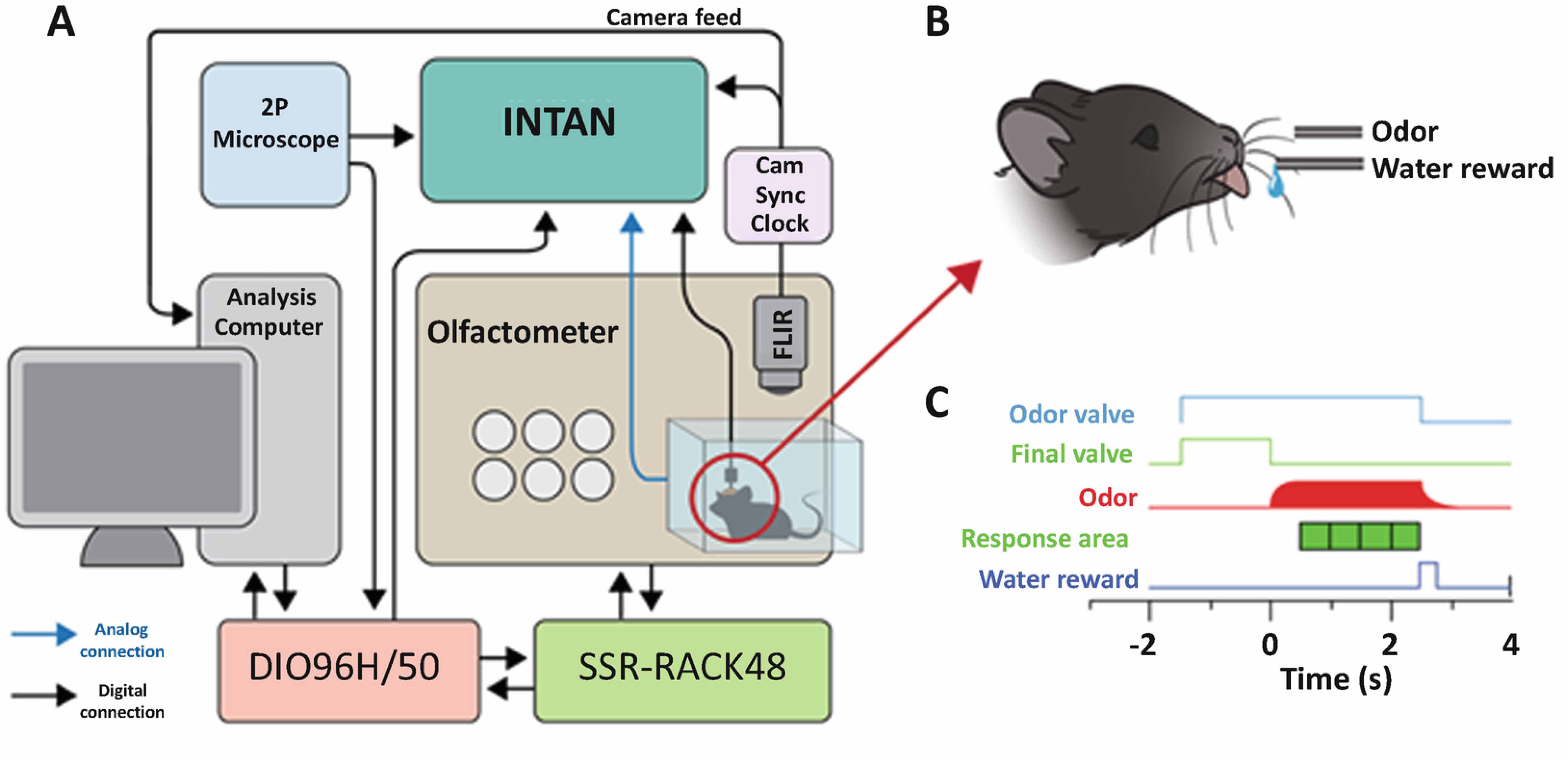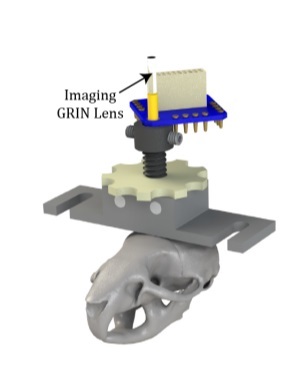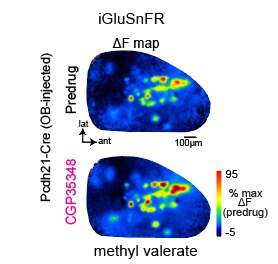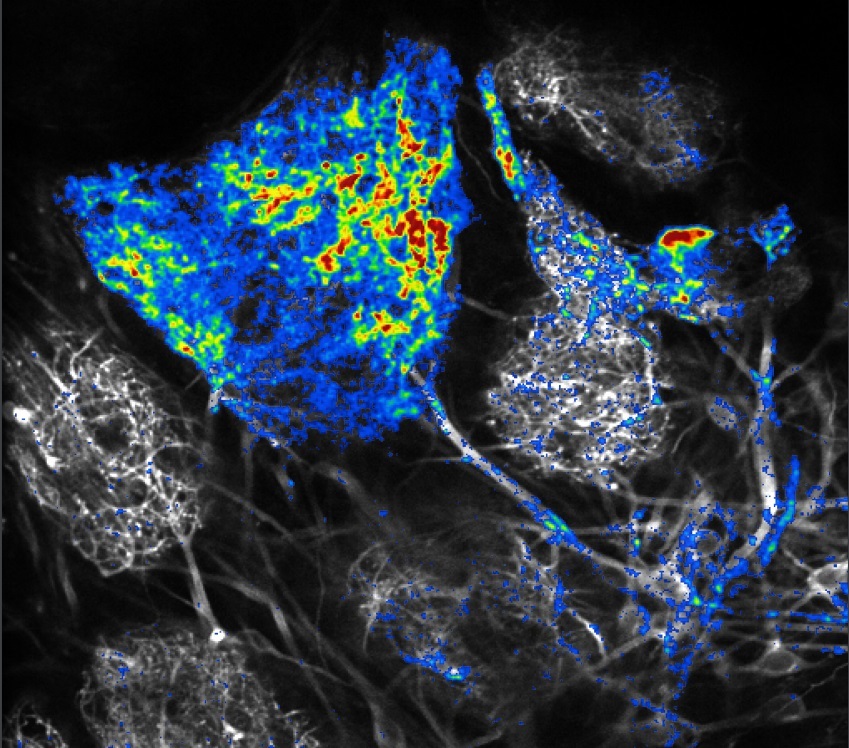Andrew K Moran
I am a Core Director: Where science and tech meets product strategy.
My predoc was performed with Matt Wachowiak at the U.
My postdoc was at CU Anschutz with Diego Restrepo and Abigail Person.
My basic research work and applied experience has relevance in the fields of:
- game and app creation for use in digital health research, interventions, and education
- vr + robotics for treating sensorimotor disease states
- brain-computer interfaces
- computer science principles in data storage/accessibility
- novel pharmaceutical agents to treat brain disease states
- perfumery, essential/cannabis oils, and flavor perception
Work Experience
University of Utah (HSC Cores)
SD2C Director • Oct, 2023 — Present
As a Core Director, I oversee the creation of the Software Development and Systems Design Core (SD2C) at the University of Utah. I form strategic partnerships with academic clients in order to deliver customized software products and services. I also actively manage budgets, form infrastructure, mentor a team of software developers, and meet timelines for product deliverables developed with University of Utah expertise.
Torque3
Senior Data Scientist • June, 2023 — Sept, 2023
As a Senior Data Scientist, I worked in collecting, verifying, and analyzing large datasets collected by the Torque3 platform. Such datasets track a rider's sensorimotor input, game engine output, and biometric variables across different virtual environments. I also formed relationships with academic and clinical collaborators in order to get data-driven results using the Torque3 platform.
Torque3
Technical Product Manager • Dec, 2022 — May, 2023
As part of the product team in the role of Technical Product Manager, I was tasked with leading and integrating Torque3 platform systems across various engineering, manufacturing, game development, and clinical research teams. This led to successful safety and efficacy results from our first functional evaluation which provided Torque3 the confidence to go stealth.
UC Riverside (Department of Mathematics)
IT Specialist • Aug, 2010 — Feb, 2013
As an IT Specialist with the Department of Mathematics at UCR contracted through Computing and Communications department, I was in charge of IT support catered specifically for Math staff, faculty, and students. I performed various IT duties from network troubleshooting, server maintainence, and overseeing departmental backup solutions, to computer builds/repair, to computer lab maintainence.
Education
Ph.D. Neuroscience
University of Utah • 2013 — 2019B.A. Psychology with a concentration in Neuroscience
University of California, Riverside • 2009 — 2012A.A. UC IGETC, A.S. Natural Sciences
Riverside Community College • 2006 — 2009Academic Publications
-
“Open-Source JL Olfactometer for Awake Behaving Recording of Brain Activity for Mice Engaged in Olfactory Tasks” [link] [pdf]
N Arevalo, L Merle, A Gentile-Polese, A(K) Moran, A Parra, M Hall, J Losacco, M Ma, C McCullough, B Ozbay, D Ramirez-Gordillo, J Riguero, F Simoes-de Souza, K Steinke, R Williamson, D Restrepo
Animal Models of Reproductive Behavior 200, 137-156 (2023)
Summary: Creation of open-source technologies for research is crucial to replicate studies. Here, we designed, developed, tested an open-source olfactometer for automated delivery of odors at particular concentrations and timing in awake, behaving animals.
-
“GRINtrode: A neural implant for simultaneous two-photon imaging and extracellular electrophysiology in freely moving animals” [link] [pdf]
CM McCullough, D Ramirez-Gordillo, M Hall, GL Futia, AK Moran, EA Gibson, D Restrepo
Neurophotonics 9(4), 1-17 (2022)
Summary: Electrophysiology and optical imaging are both parallel neurotechnologies used for studying neural activity. However, researchers tend to adopt one technology over the other with substantial limitations to either one. Why not combine both? As part of the CU Neurophotonics team at CU Anschutz, we designed and tested a device, capable of recording population data and single-cell responses simultaneously in head-fixed or freely moving rodents; the GRINtrode. We hope to ultimately utilize this technology in studying neural dynamics across brain regions during odor plume navigation.
-
“Circuit Contributions to Sensory-Driven Glutamatergic Drive of Olfactory Bulb Mitral and Tufted Cells During Odorant Inhalation” [link] [pdf]
AK Moran, TP Eiting, M Wachowiak
Frontiers in Neural Circuits 15, 1-14 (2021)
Summary: We dissected the underlying sources of excitatory drive onto mitral/tufted cells in vivo using pharmacological methods. Surprisingly, we found a maintenance of glutamatergic drive onto these cells when blocking postsynaptic excitation, suggestive of a majority of feedforward excitation being driven in vivo by sensory input rather than previously-hypothesized, postsynaptic circuitry.
-
“Dynamics of Glutamatergic Drive Underlie Diverse Responses of Olfactory Bulb Outputs In Vivo” [link] [pdf]
AK Moran, TP Eiting, M Wachowiak
eNeuro 8(2), 1-19 (2021)
Summary: Here, we used novel glutamate indicators to image the excitatory input onto dendrites of bulbar output cells (mitral/tufted cells). We found that odor-evoked, glutamatergic drive is diverse. This paper was the first to characterize second generation SF-iGluSnFRs with a high-throughput olfactometer and captured odor-evoked, glutamate/calcium dynamics simultaneously in the mammalian olfactory bulb in vivo.
Projects
Dissecting olfactocentric circuit contributions to sensorimotor drive in the cerebellum
Lead Postdoctoral Researcher • 2020 — 2022
The cerebellum sits at the back of the brain, where its main function is to predict sensorimotor stimuli and sculpt behavior in response. By studying the cerebellum, many systems neuroscientists can glean new predictive mechanisms used by the brain to intepret theoretical underpinnings of sensorimotor correction. Olfaction involves adaptive, sensorimotor tracking of scented plumes in a ever-changing environment. How are olfactory positional cues incorporated within cerebellar circuits for precise motor output? Investigating this question was the crux of my postdoctoral work. Ultimately findings from such work can influence work from applying predictive behavior in neural networks to developing novel robotics for chemosensory detection.
Optical analysis of odor-driven glutamate dynamics in circuits of the mammalian olfactory bulb
Lead Graduate Student Researcher • 2017 — 2020
Odors are complex and hard to identify. How the brain can encode the identity of an odor is not well understood. In particular, the area that processes smell; the olfactory bulb, has many microcircuits to decode odor identity that are dependent on synaptic signaling. While the microcircuitry function of this area of the brain through excitatory neurotransmission has been analyzed in brain slices, it remains unknown if an odor drives postsynaptic excitation in one synaptic "hop" or two. Here we used novel sensors of the excitatory neurotransmitter; glutamate, to dissect the contributions of such microcircuitry and found that the one-hop hypothesis is likely correct.
Dynamic effects of active sensing on network criticality
Graduate Student Researcher • 2017 ;
Network criticality is a measurement of how optimized a network is for information transfer. However, not much is known about how network criticality changes during active sampling. I'm intereseted in neural network changes in criticality during sniffing and whisking.
Core Pitches & Research Talks
- Moran AK (2024). Software Development and System Design Core; Mission and Services. Symposium: University of Utah, Huntsman Cancer Institute Resource Showcase, 2024 (invited talk)
- Moran AK (2024). Software Development and System Design Core; Steering, Services, Staff, and Support. Symposium: University of Utah, Digital Health Sympsoium, 2023 (invited talk)
- Moran AK, Teel, A, Williamson, R, Person, A, Restrepo, D (2022). Extracting positional information in an odor-guided droplet reach task. Symposium: CU Anschutz Department of Otolaryngology, Annual Otolaryngology Research Day, 2022 (invited talk)
- Moran AK, Wachowiak, M (2016) Optical dissection of odor processing circuitry in the mouse olfactory bulb. Symposium: University of Utah, Annual Neuroscience Student Symposium (invited talk)
Posters
- Moran AK, Eiting TP, Wachowiak, M (2020) Diverse dynamics of glutamatergic input from sensory neurons underlie heterogeneous responses of olfactory bulb outputs in vivo. International Symposium on Olfaction and Taste (ISOT). Online.
- Richards JR, Moran AK, Kummer B, Wachowiak M. (2017) Using pharmacogenetic tools to manipulate odor perception in mice. Society for the Advancement of Chicanos and Native Americans in Science (SACNAS) General Conference. Salt Lake City, UT.
- Tsosie J, Moran AK, Wachowiak M (2016) Measuring conditioned odor preference behavior in a mouse model of nicotine administration. Society for the Advancement of Chicanos and Native Americans in Science (SACNAS) Annual Conference. Long Beach, CA.
- Moran AK, Gonzalez, L, Huffman K (2013) Developmental timing of callosal connections in CD-1 mice. University of California, Los Angeles Psychology Undergraduate Research Conference (PURC). Los Angeles, CA.
Teaching
-
Neuroscience 6050; Systems Neuroscience (teaching assistant)
University of Utah, Department of Bioengineering, Spring 2015
Assisted in grading, teaching, and mentoring students studying neural circuits and organization of brain systems. -
Neuroscience 6050; Systems Neuroscience (guest lecturer)
University of Utah, Department of Bioengineering, Spring 2016
Taught a lecture on chemosensory systems (olfaction and gustation) from a circuitry and perceptual coding viewpoint. -
Psychology 3700; Drugs and Behavior (guest lecturer)
University of Utah, Department of Psychology, Fall 2015
Gave a lecture on nicotine and its effect on the brain from receptor to systems level concepts as well as neuroanatomy.
Funding & Awards
- AChemS Annual Meeting Diversity Travel Award
Association for Chemoreception Sciences (AChemS)
financial
2022
- Postdoctoral Travel Fellowship
CU Denver/Anschutz Postdoctoral Association
financial
2022
- NIH NIDCD Otolaryngology Training Grant Award (T32DC012280)
University of Colorado, Anschutz Medical Campus
academic/financial
2020
- AChemS Annual Meeting Diversity Travel Award
Association for Chemoreception Sciences (AChemS)
financial
2019
- AChemS Annual Meeting Diversity Travel Award
Association for Chemoreception Sciences (AChemS)
financial
2016
- NIH NIDCD Diversity Supplemental Award for Predoctoral Fellows (R01DC006441-13S1)
University of Utah
academic/financial
2015
- UCLA Psychology Undergraduate Research Conference (PURC) Poster Presenter Award
University of California, Los Angeles
academic
2013
- NIH NINDS Neuroscience Training Grant Award (T32NS076067)
University of Utah
academic/financial
2013
- Alpha Gamma Sigma Ed Walsh Outstanding Service Award (RCC Chapter)
Alpha Gamma Sigma Honor Society (Riverside Community College Chapter)
financial
2009
Societies, Memberships, & Roles
- Slack Channel Creator/Moderator (#neuropostdocs)
CU Denver/CU Anschutz Postdoctoral Association • 2020 — 2022
- Social Media Committee Member
Association for Chemoreception Sciences • 2019 — 2021
- Member
Society for Neuroscience • 2017 — Present
- Chair
University of Utah, Snowbird Symposium • 2016 — 2018
I chaired the steering committee for the annual Snowbird Symposium in Salt Lake City, UT. Themes included: The Role of Epigenetics in Neuroscience & Of Mind and Math: Big Data Analysis and Computational Approaches in Neuroscience. - Co-Coordinator
University of Utah Neurobiology Seminar Series • 2014
- Member
Society for the Advancement of Chicano and Native Americans in Science (SACNAS, University of Utah Chapter) • 2013 — Present
- Member
Psi Chi (National Honor Society in Psychology) • 2010 — 2012
Social Links
- Email: andrewkmoran.phd@gmail.com
- Github: https://github.com/andsinpants
- LinkedIn: https://www.linkedin.com/in/andrew-k-moran-phd-912848b5/
- Website: https://www.andrewkmoran.com/